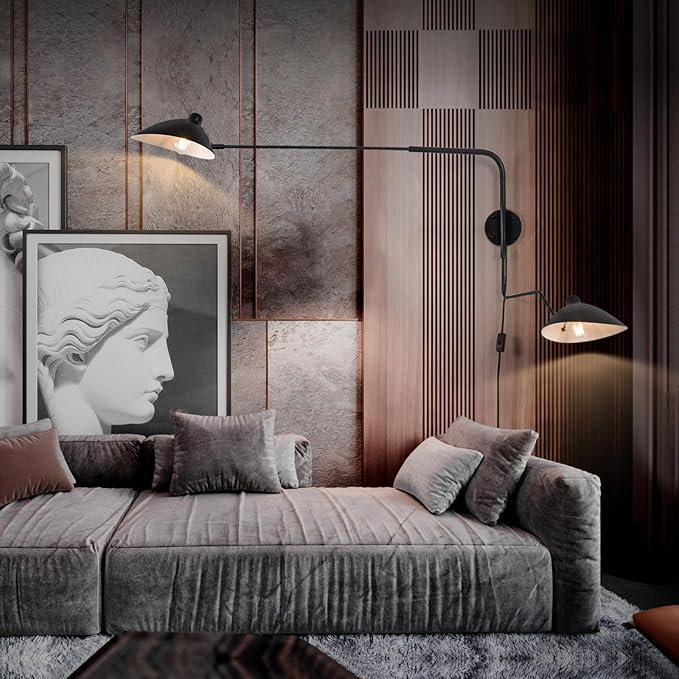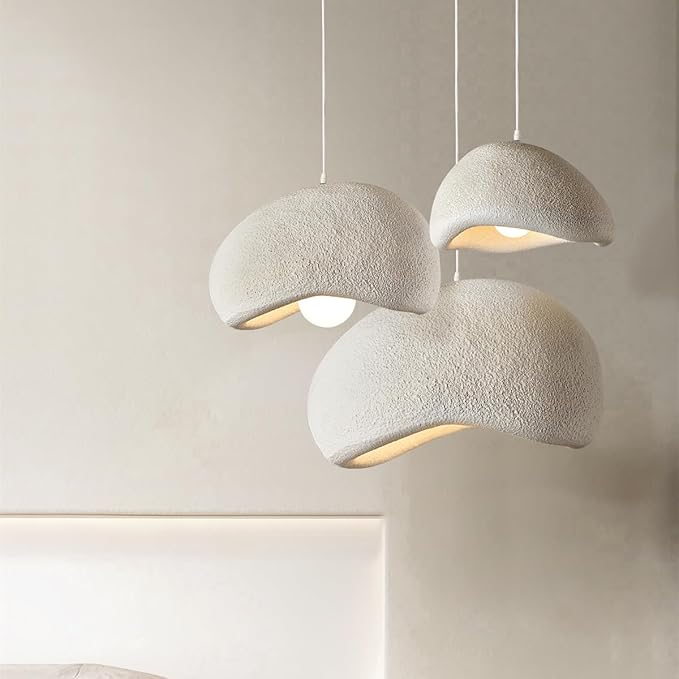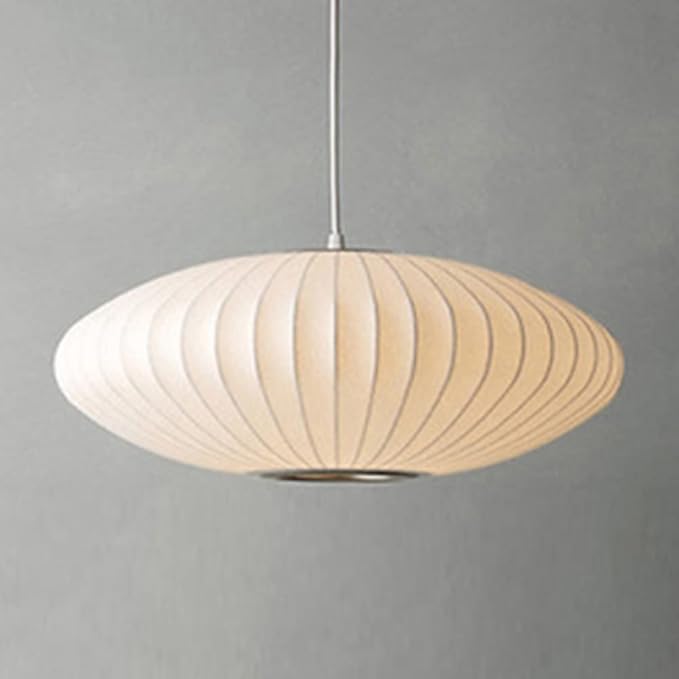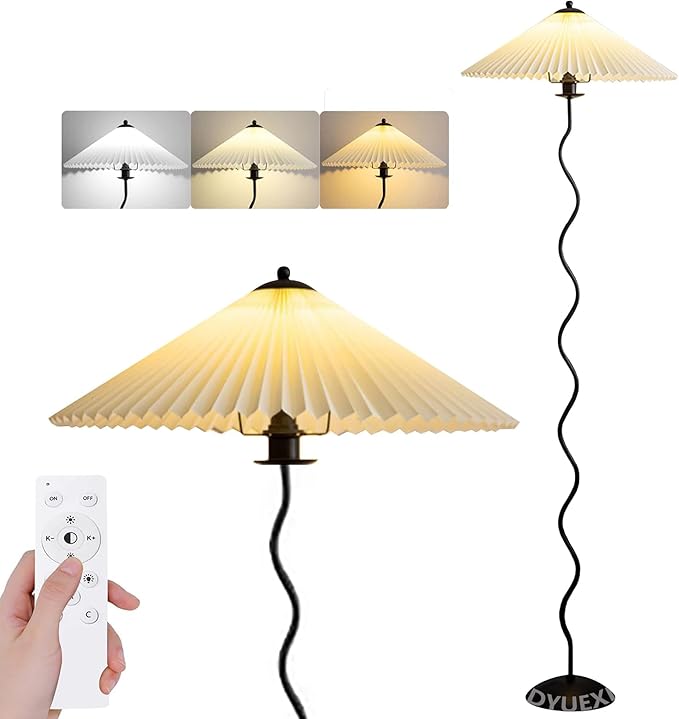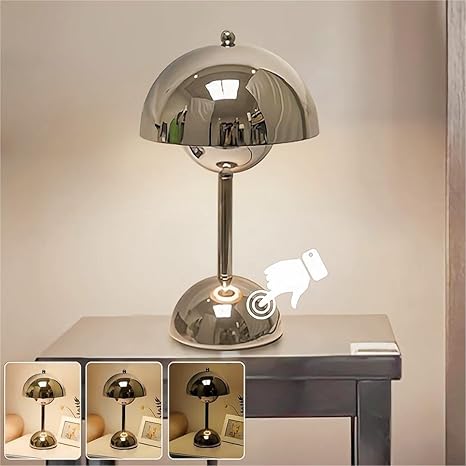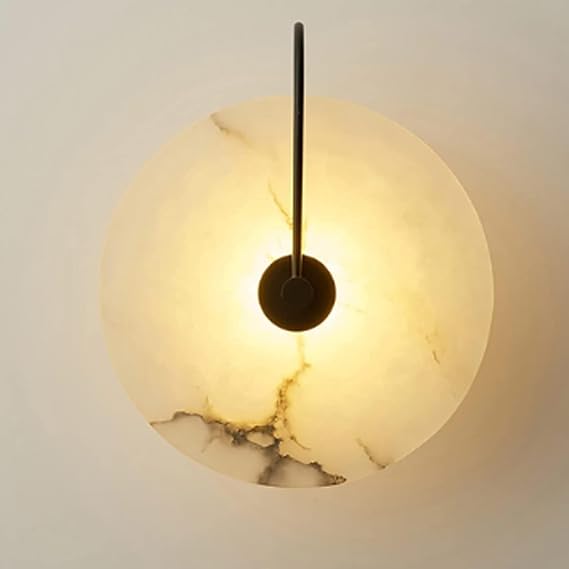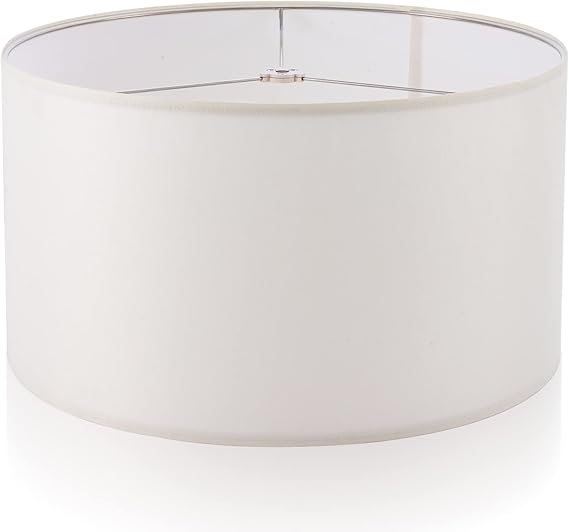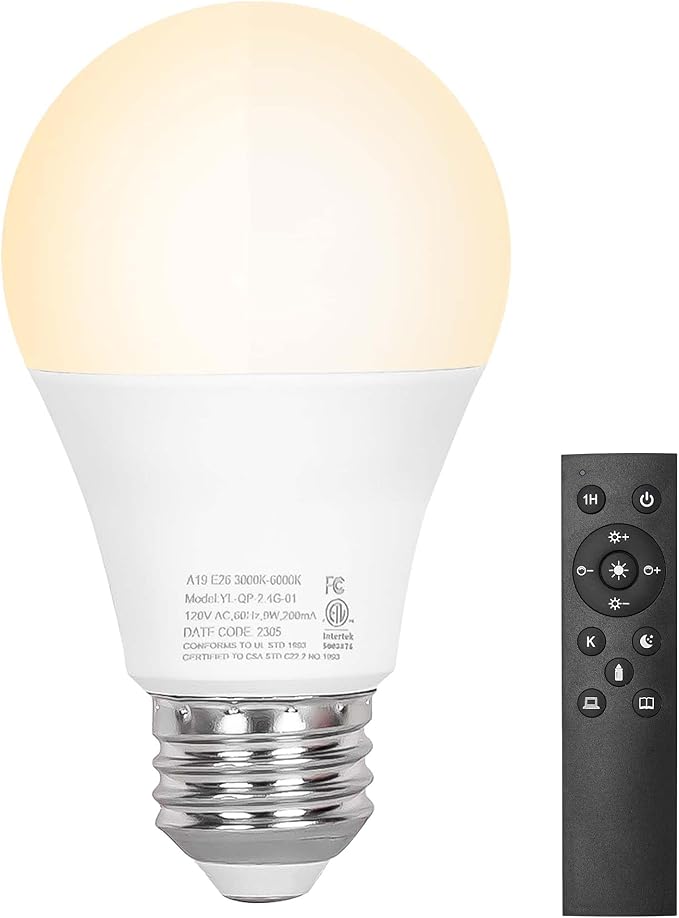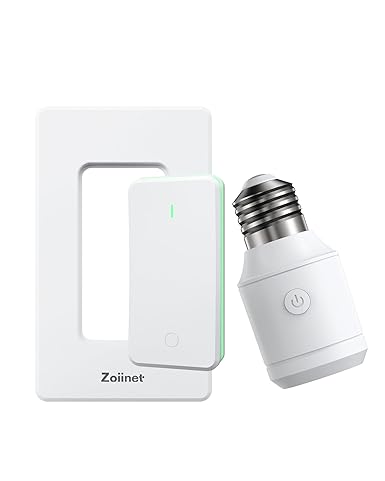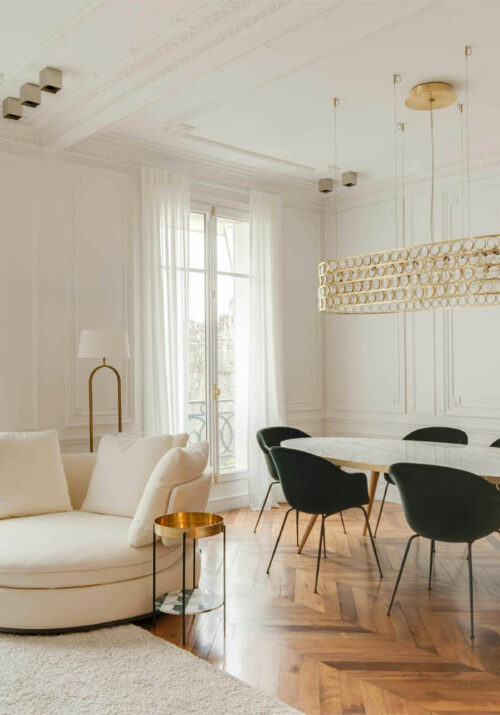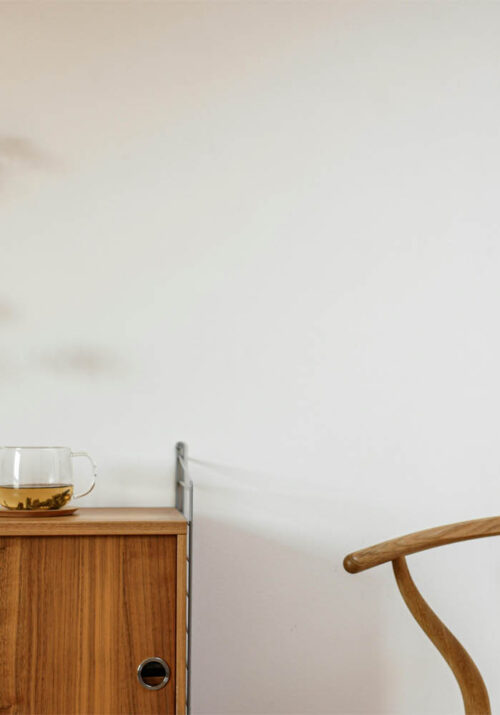Lighting is a crucial aspect of interior design that can transform the ambiance of a space. While overhead lighting provides general illumination, incorporating interior lamps allows you to create layers of light that enhance functionality and aesthetics. Whether you’re aiming to illuminate a cozy reading nook or accentuate architectural features, mastering the art of interior lamps is key. Here are seven essential tips and tricks to help you perfect your lighting layers.

This post may contain affiliate links, meaning I could earn a small commission if you make a purchase through my link, at no extra cost to you. You can read my full disclosure here. Thank you for supporting Alagu Home!
Understand Your Lighting Needs
Before selecting interior lamps, assess the lighting needs of each room. Consider the room’s function, the activities that take place there, and the mood you want to create. For example, task lighting is essential in areas like home offices and kitchens, while ambient lighting sets the overall tone of a space. Understanding your lighting needs will guide your lamp selection and placement.
Mix and Match Lamp Styles
Create visual interest by mixing and matching lamp styles throughout your space.
Pair sleek, modern lamps with traditional furnishings for a contemporary twist, or add vintage-inspired lamps to eclectic interiors for a touch of nostalgia. Mixing lamp styles adds personality and depth to your decor while ensuring that each lamp serves its intended purpose.
Consider Lamp Placement
Strategically placing interior lamps can highlight focal points and create a balanced lighting scheme. Position lamps near seating areas for reading or conversation, and place them on side tables or nightstands for easy access. Consider the height of your lamps relative to seating arrangements to ensure optimal illumination without glare or shadows.
Play with Lamp Shades
Lamp shades play a significant role in diffusing light and enhancing aesthetics. Experiment with different shapes, sizes, and materials to achieve the desired effect. Opt for translucent shades for soft, diffused light, or choose opaque shades for more focused illumination. Additionally, consider how the color and texture of lamp shades complement your decor and contribute to the overall ambiance.
As you delve deeper into our enlightening guide on mastering interior lamps with 7 essential tips and tricks for perfecting your lighting layers, stay engaged to uncover invaluable insights that will elevate your space to new heights of ambiance and style.
Layer Lighting Levels
Create depth and dimension by layering lighting at different heights and intensities. Incorporate a mix of overhead lighting, interior lamps, and accent lighting to provide varying levels of illumination. Use dimmer switches to adjust light levels according to the time of day and desired mood, allowing for flexibility and versatility in your lighting design.
Highlight Architectural Features
Use interior lamps to accentuate architectural features and design elements within your space. Place floor lamps near tall windows or architectural columns to draw attention to vertical lines, or use table lamps to illuminate artwork and decorative objects.
Highlighting architectural features adds visual interest and depth to your interior design while showcasing the unique character of your space.
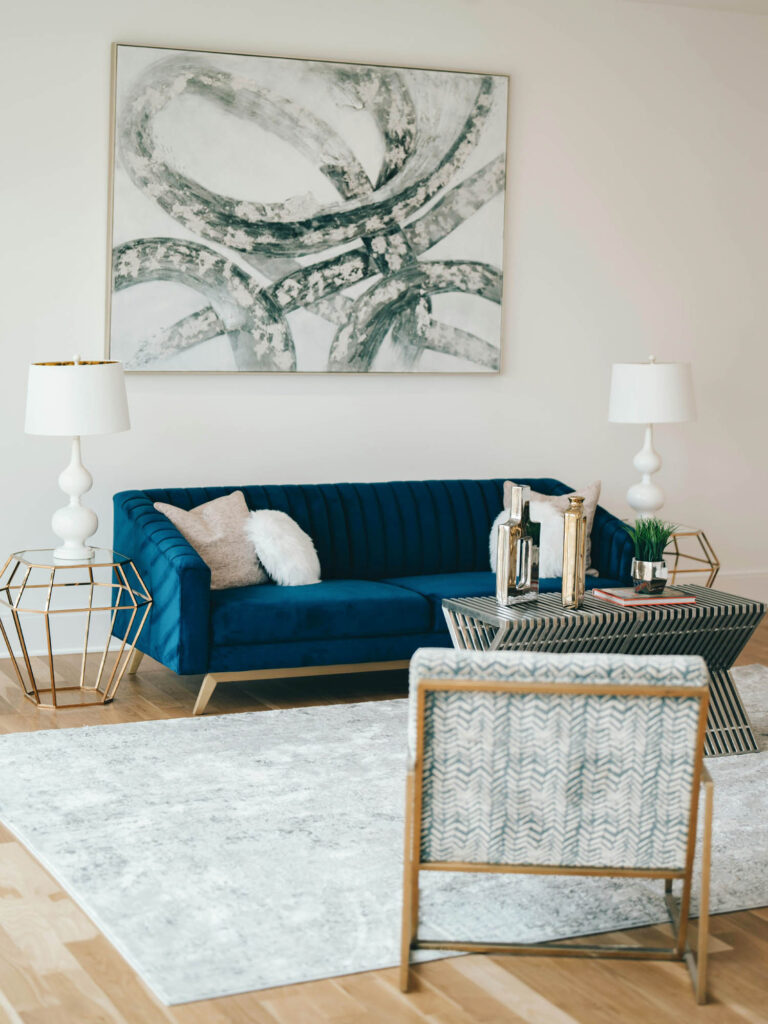
Create Symmetry and Balance
Achieve a sense of harmony by creating symmetry and balance with your interior lamps. Pair matching lamps on either side of a sofa or bed to frame the space and establish visual equilibrium.
Additionally, consider the overall composition of your lighting arrangement, ensuring that each lamp contributes to a cohesive and well-balanced design.
Consider the Color of Light Bulbs
The color of light bulbs can significantly impact the mood and atmosphere of a room. Warm white or soft white bulbs emit a cozy and inviting glow, perfect for creating a relaxed ambiance in living spaces or bedrooms. Cool white or daylight bulbs provide crisp, bright light ideal for task-oriented areas like kitchens or home offices.
Additionally, colored bulbs or dimmable options allow for customization, allowing you to tailor the lighting to suit different occasions or moods.
Final Thoughts
Mastering interior lamps is essential for perfecting your lighting layers and enhancing the ambiance of your space. By understanding your lighting needs, mixing lamp styles, considering placement and lamp shades, layering lighting levels, highlighting architectural features, and creating symmetry and balance, you can create a beautifully illuminated environment that reflects your personal style and enhances the functionality of your home.
With these essential tips and tricks, you’ll be well on your way to mastering the art of interior lighting design.
